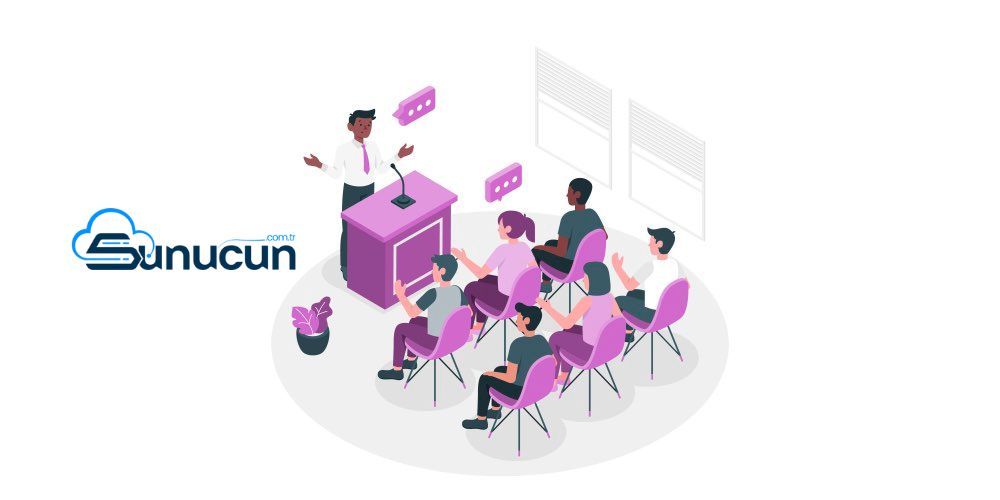Orientation is the process by which a new employee learns about the structure of the company, the work processes, the company culture, and the requirements of their role. It is a critical step that ensures new hires adapt quickly and start contributing to the company efficiently. Orientation not only helps employees integrate smoothly into their roles, but it also boosts their motivation and commitment to the organization.
Purpose of Orientation
The primary goal of orientation is to help new employees adjust to their new job as quickly as possible. However, the orientation process involves more than just introducing the employee to their tasks. It also includes familiarizing them with the company’s vision, mission, values, and policies. Additionally, it aims to help the employee understand their role within the organization, build good relationships with their colleagues, and foster a sense of loyalty to the company.

Benefits of Orientation:
- Increased Productivity: New employees who quickly learn the workflows can become productive sooner.
- Employee Retention: A well-structured orientation program enhances the employee’s loyalty to the company.
- Higher Motivation: When employees understand the company structure and their role, they feel more valuable and motivated.
- Reduced Adaptation Time: Orientation helps employees get used to their new environment faster, which positively impacts the company’s overall performance.
- Stronger Communication: Employees can build strong relationships with their peers and supervisors early on, supporting healthy and effective communication within the team.
How Does the Orientation Process Work?
While the structure of an orientation program can vary depending on the company, the process generally follows a few key steps:
- Welcome Meeting: The new employee is introduced to the company’s structure, workflows, and culture.
- On-the-Job Training: The employee undergoes job-specific training to understand the technical aspects of their role.
- Introduction to Team Members: The new hire meets their colleagues and learns about the people they will be working with.
- Policy Briefing: Employees are informed about company policies, ethical standards, and safety procedures.
- Mentorship Support: Some companies assign mentors to help new employees adapt more quickly and easily to their roles.
Types of Orientation Programs
Orientation programs can be tailored to meet the needs and structure of different companies. Typically, there are two main types of orientation:
- General Orientation: This covers the basic information relevant to all employees, such as the company’s history, mission, vision, culture, employee rights, general policies, and safety procedures.
- Job-Specific Orientation: This type of orientation is focused on the specific skills and knowledge required for the employee’s role. For example, in an IT position, job-specific orientation might include training on the company’s software and systems.
Common Mistakes in Orientation Programs
Although orientation programs are designed to help employees adjust quickly, some common mistakes can hinder their effectiveness. These include:
- Incomplete Information: If the employee is not given enough information, their adaptation process may be delayed, and their productivity may suffer.
- Overloading the Employee: If the orientation program is too long or dense, it can overwhelm the employee and reduce their motivation. Delivering comprehensive information over time in digestible portions is often more effective.
- Lack of Engagement: If new employees feel neglected during the orientation, they may feel undervalued, which can negatively affect their loyalty to the company.
The Importance of Orientation for Companies
Orientation is not only beneficial for employees but also for the long-term success of companies. A well-designed orientation program ensures that new hires embrace the company culture and fosters their commitment to the organization. This can also reduce employee turnover rates, helping the company maintain workforce stability.
Retaining employees for the long term and maximizing their performance is directly related to an effective orientation process. Furthermore, a well-executed orientation can enhance the company’s external reputation, as potential employees may favor companies known for their strong onboarding programs.
Conclusion
Orientation is a critical process for both employees and organizations. It facilitates the smooth transition of employees into their roles, encourages them to adopt the company culture, and enables them to contribute positively to the organization over time. A well-structured orientation program can significantly impact a company’s success by increasing employee commitment and reducing turnover.
To learn more about effective orientation processes, you can visit this article: What is Orientation?.
SEO-wise, an impactful and efficient orientation program boosts employee motivation and helps the company strengthen its competitive edge in the market.




